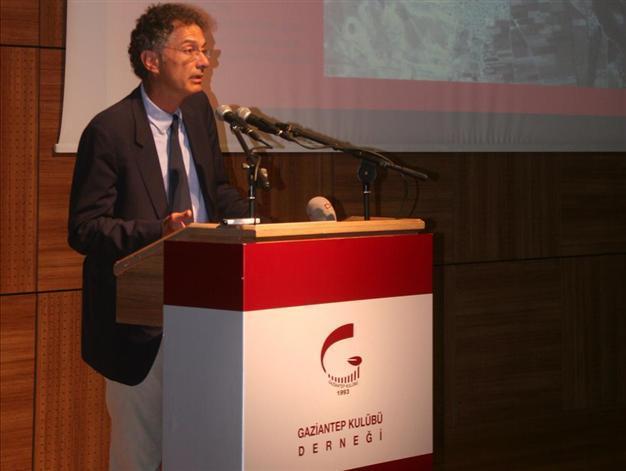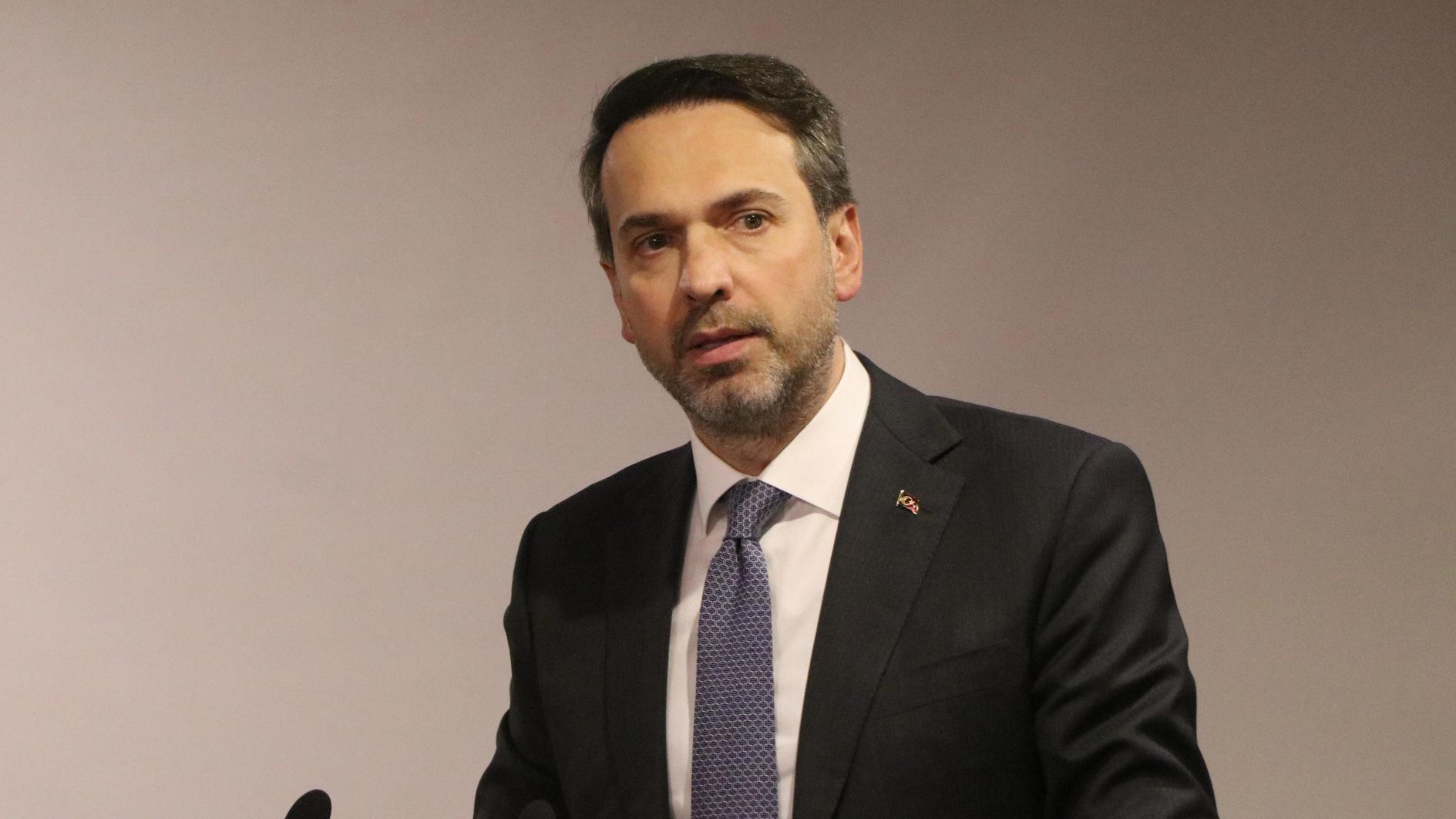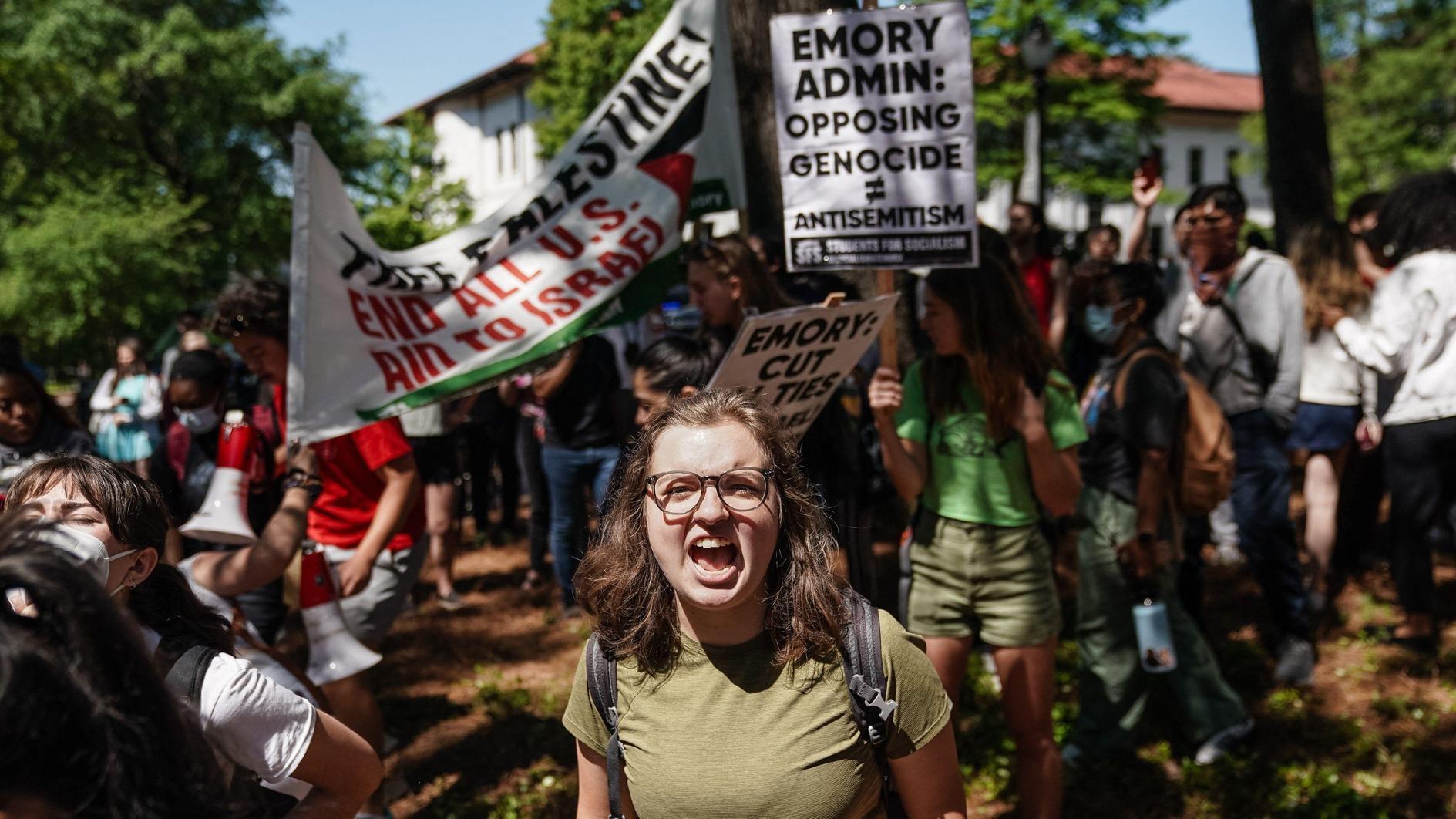Meeting held for ancient city of Karkamış
GAZİANTEP - Anadolu Agency

Professor Nicola Marchetti provided information about the excavations at a press conference. He said establishing an archaeology park in the ancient city would draw many tourists to the region.
Archaeological excavations are continuing in the southeastern province of Gaziantep’s ancient city of Karkamış. At the head of the excavations, Professor Nicola Marchetti provided information about the excavations at a press conference. He said establishing an archaeology park in the ancient city would draw many tourists to the region.The most important areas in the excavations are a lower palace and a lower city, which they had unearthed two years ago, and there were two temples in this area, said Marchetti, adding the most important stage of the excavations would be finished this year.
He said a literary inscription featuring the Babylonian god Marduk was the most important work found in the region and such an inscription is not likely to be the sole find and that there is likely a library somewhere in the vicinity.
Marchetti said the excavation area was forbidden and at this time, no one can enter it. But in case of the establishment of an archaeology park, free visits would begin.
“We have previously opened archaeology parks in Tilmen and Taşlıgeçit, but Karkamış covers an area of 90 hectares. A comprehensive work is necessary to open the park. Our goal is to open this area as soon as possible. We have some projects and digital models prepared. I think the tourist potential here is limitless. The world knows Karkamış. We think tourists will rush to this place if an archaeology park is opened,” Marchetti said.
The professor said Karkamış had received tourists throughout history, adding they had found a silver coin from the Austrian Emperor Leopold II-era in 1697, adding, “We know a visitor came here in 1699. He was not an archaeologist, but a writer. This writer said he visited Jarabulus in April 1699. We believe this coin belonged to him because this place is very close to Karkamış.”
















